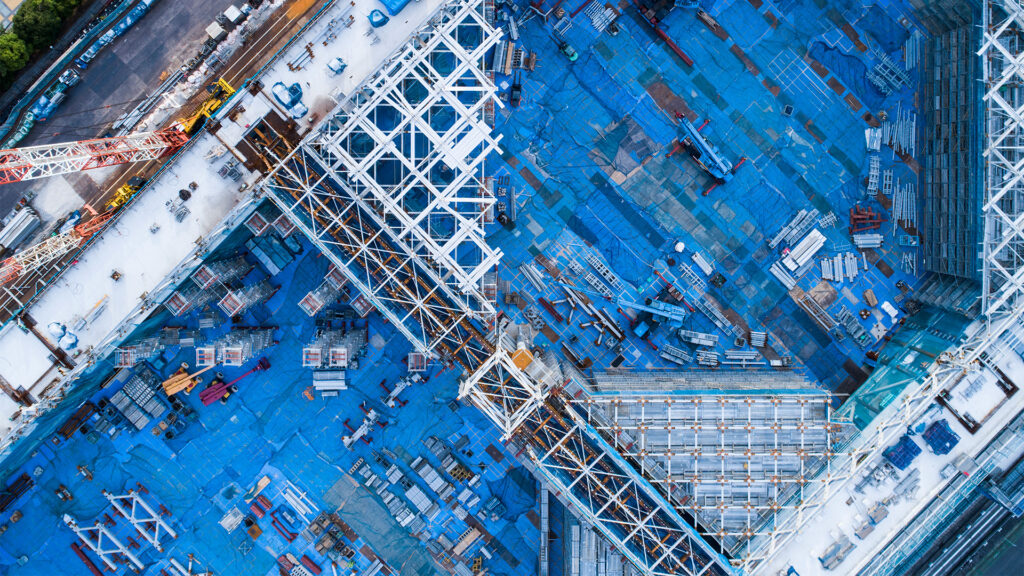Watson Oldco – A timely reminder of the consequences of building professionals’ uninsured exposure to cladding claims
In December 2018, NSW building certifier Watson Oldco entered into voluntary administration. The AFR reports that administrators have attributed the move largely to the result of uninsured exposure to potential claims arising from buildings with combustible cladding. Although there were no known claims against Watson Oldco, it was reported that there was uninsured exposure which led to the decision to place the company into voluntary administration.
Watson Oldco’s fate is a timely reminder of the consequences of not having professional indemnity (PI) insurance that covers exposure to combustible cladding claims. In NSW, legislation requires accredited certifiers to be covered by PI insurance for the whole of the period for which they have been accredited certifiers. Individuals must have annual insurance coverage of at least $1 million and companies must also have this coverage for each certifier who is a director or employee.
PI insurers have been including provisions in PI policies which exclude certain claims arising from buildings with combustible cladding. This increases the likelihood that certifiers can fall foul of the NSW legislative requirements.
Increased exposure to cladding claims
Building Professionals’ PI policies will commonly exclude claims for non-compliant cladding, although exclusion clauses may vary in scope depending on the profession and the type of buildings. These exclusions are being introduced at a time of increased risk of claims for non-compliant cladding against building certifiers and other participants in the building industry.
In March 2018, the Building Code of Australia was updated to remove ambiguity around combustible cladding use in buildings. Further, in August 2018 NSW Fair Trading introduced a ban on Aluminium Composite Cladding containing a polyethylene-core of 30 per cent or more in any external cladding, external wall, external installation, façade or rendered finish in certain buildings. The ban applies retrospectively, so that owners of buildings constructed prior to the introduction of the legislation may be issued with rectification orders.
Awareness of the danger posed by combustible cladding has further increased following the fire at 200 Spencer Street on Tuesday 5 February 2019. The Victorian Building Authority announced on the same day that it will revisit 200 buildings from its original audit as a result of which the risk assessments of those buildings may change. The risk of further rectification orders being issued cannot be dismissed.
Building owners who receive rectification orders may seek to recover the costs of rectifying non-compliant cladding from professionals in the building industry, including building certifiers. While there has not yet been a successful claim for cladding rectification costs brought against a building professional, at a minimum, building professionals would presumably want to rely on their PI policies for defence costs coverage.
H Buildings
It’s not only building certifiers who are at risk. The administration of Watson Oldco follows the administration of Victorian building company H Buildings in August 2018. H Buildings, a subsidiary of Hickory Group, went into voluntary administration days before it was due to appear in the Victorian Civil and Administrative Tribunal. Various claims had been brought against H Buildings, which included claims to replace combustible cladding in four residential buildings. One of the claimants was Brunswick apartment complex, Anstey Square, which was discovered to be wrapped in non-compliant combustible cladding after a faulty air conditioning unit sparked a fire that spread from a balcony in 2017. The Hickory Group managing director stated that the use of non-complaint cladding, “was a global blind spot and multiple stakeholders are responsible for it.
Building construction companies are less likely than other participants in the building industry to have PI insurance. It is possible that many have uninsured exposure to cladding claims. There is also no requirement in Victoria to have domestic building warranty insurance on domestic buildings with a rise of greater than three storeys. In these circumstances it is highly likely that owners will have no recourse to recover rectification costs where a builder becomes insolvent.
What are the implications for policyholders under professional indemnity policies?
Insofar as building professionals’ PI insurance cover already contains cladding exclusion clauses, it is imperative that policyholders consider their exposure to cladding claims, and pay careful attention to the scope of clauses that exclude liability for non-compliant cladding.
Insofar as the building professionals’ PI cover is to be renewed, policyholders should ensure that insurers are (or have been) notified of any circumstances that may lead to a claim to which expiring policies are (or may) be capable of responding. Policyholders exposed to cladding claims must also carefully consider whether they have met their disclosure obligations prior to pending policy renewal.
Finally, building certifiers and other building professionals must consider whether their insurance coverage complies with regulatory requirements.
Download a PDF version of ‘Watson Oldco – A timely reminder of the consequences of building professionals’ uninsured exposure to cladding claims’









